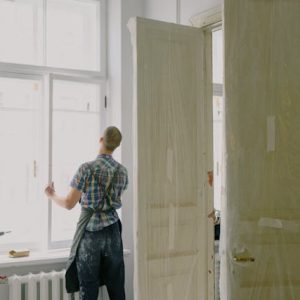Tile backer boards are an essential component in modern tiling projects, providing a stable and waterproof surface on which tiles can be applied. These boards are typically used in areas exposed to moisture, such as bathrooms, kitchens, and laundry rooms, ensuring that tiles remain securely in place and preventing water damage to the underlying structure. Tile backer boards are a key consideration when laying tiles on walls or floors, especially in areas with high humidity or direct water contact.
What Are Tile Backer Boards?
Tile backer boards are panels made from various materials designed to provide a strong, flat, and moisture-resistant surface for tiling. They are typically used in place of drywall, plywood, or plasterboard in areas that will be tiled. The main purpose of these boards is to create a solid foundation for tiles, preventing movement and cracks that can damage the tiles over time. They also offer protection against moisture and mold, which is crucial in wet areas like showers and bathrooms.
Types of Tile Backer Boards
Cement Backer is one of the most commonly used backer boards. It’s made from a mix of cement and reinforcing fibers, making it extremely durable and water-resistant. Cement boards are ideal for high-moisture areas such as showers, bathtubs, and wet rooms. They are heavy and harder to cut compared to other materials but provide excellent strength and stability.
Foam backer boards are lightweight and easy to handle. They are made from extruded polystyrene covered with a cementitious coating. Despite being light, they are strong and completely waterproof, making them a good choice for walls, floors, and countertops in wet environments. Their insulation properties are an added advantage, helping to reduce heat loss.
Benefits of Using Tile Backer Boards
Tile backer boards provide a moisture barrier, preventing water from penetrating the wall or floor structure, which can cause mold and mildew over time. In areas like bathrooms and showers, this is critical. Moreover, backer boards create a solid, level surface that prevents tiles from shifting or cracking. They help distribute the weight of the tiles evenly, ensuring long-term durability. Many tile backer boards are designed to resist mold and mildew growth, adding an extra layer of protection in wet environments. Depending on the type of board, many backer boards are lightweight and easy to cut, making installation straightforward for both DIY enthusiasts and professionals.



